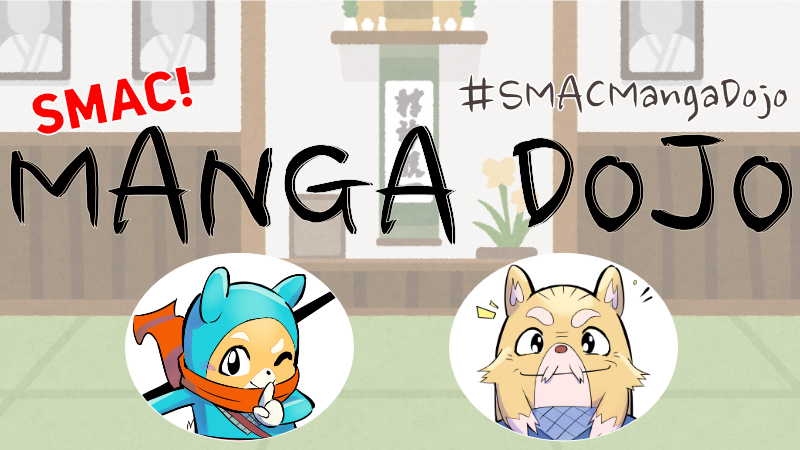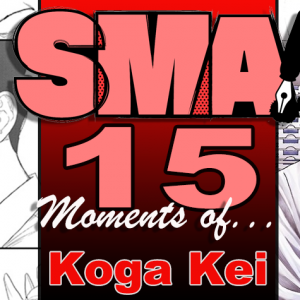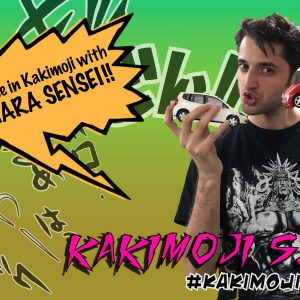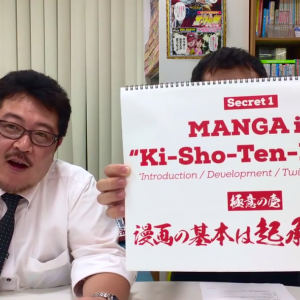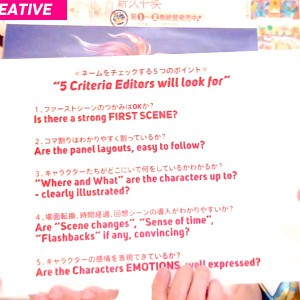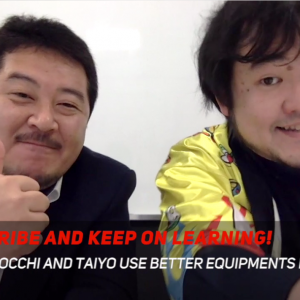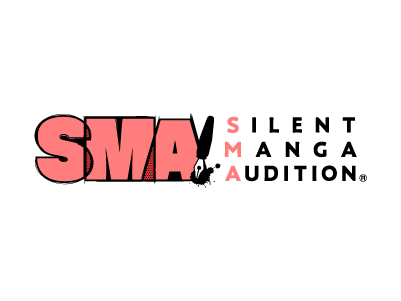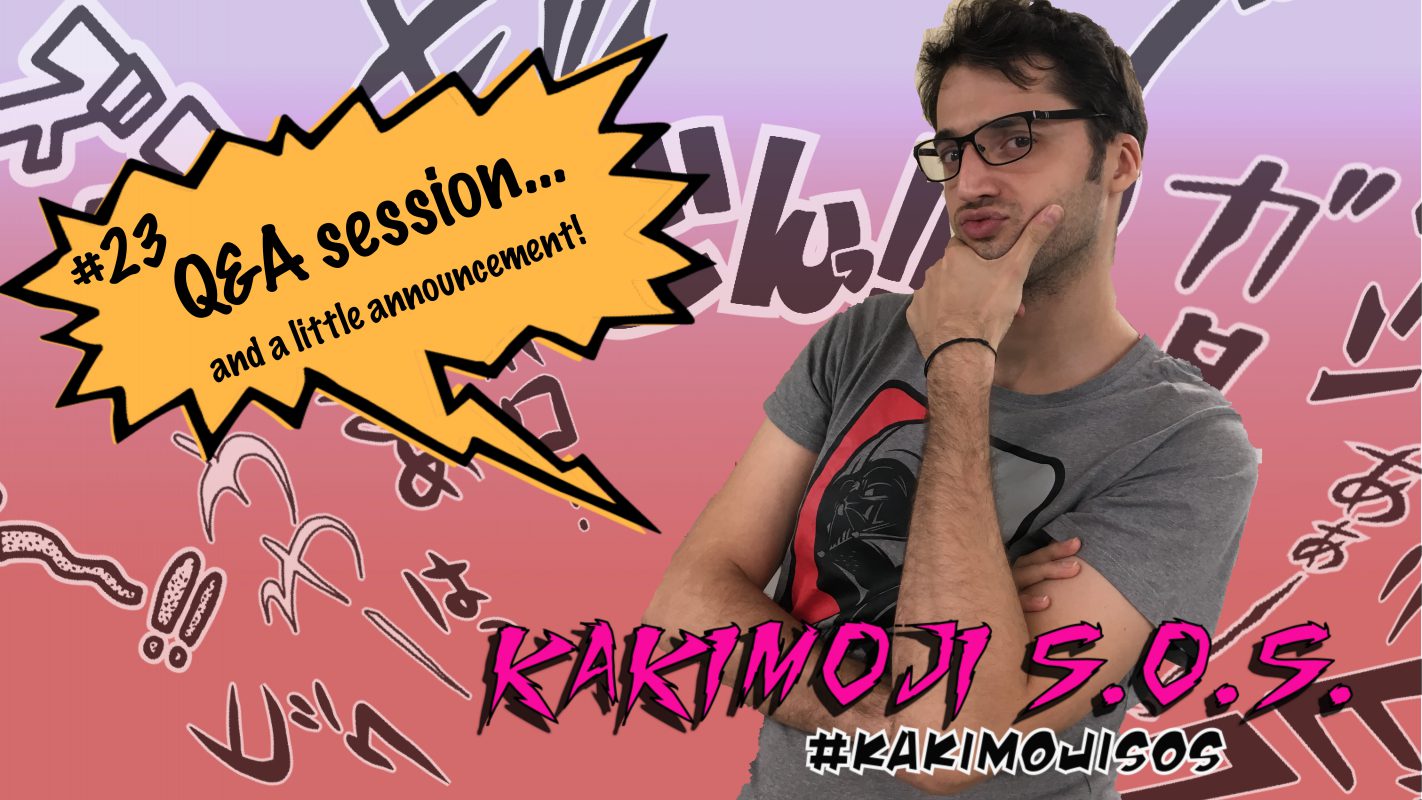
Kakimoji S.O.S. #23 – Q&A Session (…and a little announcement!)
26/07/2018
9 min read
What does Kakimoji mean to me, and how has it changed the way I view manga?
Though it’s been 5 years since I moved to Japan, its culture has been part of my life for as long as I can remember.
Since my childhood, Japanese animation and manga has been such an integral part of my life growing up, that I can’t think of anything more essential to me than encountering my favorite characters on the screen, or on the printed page every day.
But was that all that manga meant to me? Was it just my love of the characters and their stories that presented me with a turning-point in my own life? Until last year, I thought this was the sole reason by my manga-related passion but, after starting my Kakimoji journey with you all, (23 weeks and counting!), my point of view has changed completely!
Kakimoji opened my mind and enabled me to understand that manga isn’t just restricted to its design and narrative flow, it also has the tools to impart its underlying emotions with the reader. To many, Kakimoji may just be a designed font but for me they will eternally be ‘designed emotions’.
In fact, looking back over the weeks, I can’t think of a single panel that I’ve shared with you that DOESN’T have a Kakimoji that is perfectly suited to the situation, or protagonist’s emotion. Humorous scenes are usually accompanied by comically designed kakimoji, whereas serious scenes will feature Kakimoji with a strong, or direct design.
 To me, Kakimoji are like a guide for the reader.
The most peculiar characteristic of Japanese manga (the good ones at least!), is that the content can be grasped by anybody – even if they don’t understand what’s being said! Just by looking at the panels and pacing, we can understand the majority of the actions and motives being presented to us. In that moment, when we are looking for a ‘visual aid’ to help us grasp the situation, Kakimoji are always on hand to CLEARLY elucidate the tone of the scene, and help us overcome the language barrier.
Kakimoji are the favorite tool of any SMAC! Manga editor, and you should use them as much as possible in your entries since they deftly bridge all languages barriers – much like the silent manga you’re already creating!
With that in mind, it’s time to respond to some of your questions. I hope my answers can help you all improve your already fantastic entries so, without further ado, let’s check Twitter…
Jan K.P. asks:
To me, Kakimoji are like a guide for the reader.
The most peculiar characteristic of Japanese manga (the good ones at least!), is that the content can be grasped by anybody – even if they don’t understand what’s being said! Just by looking at the panels and pacing, we can understand the majority of the actions and motives being presented to us. In that moment, when we are looking for a ‘visual aid’ to help us grasp the situation, Kakimoji are always on hand to CLEARLY elucidate the tone of the scene, and help us overcome the language barrier.
Kakimoji are the favorite tool of any SMAC! Manga editor, and you should use them as much as possible in your entries since they deftly bridge all languages barriers – much like the silent manga you’re already creating!
With that in mind, it’s time to respond to some of your questions. I hope my answers can help you all improve your already fantastic entries so, without further ado, let’s check Twitter…
Jan K.P. asks:
FOLLOW ME for more Kakimoji tips! Twitter Facebook …and remember to use the hashtag #kakimojisos 😉
 To me, Kakimoji are like a guide for the reader.
The most peculiar characteristic of Japanese manga (the good ones at least!), is that the content can be grasped by anybody – even if they don’t understand what’s being said! Just by looking at the panels and pacing, we can understand the majority of the actions and motives being presented to us. In that moment, when we are looking for a ‘visual aid’ to help us grasp the situation, Kakimoji are always on hand to CLEARLY elucidate the tone of the scene, and help us overcome the language barrier.
Kakimoji are the favorite tool of any SMAC! Manga editor, and you should use them as much as possible in your entries since they deftly bridge all languages barriers – much like the silent manga you’re already creating!
With that in mind, it’s time to respond to some of your questions. I hope my answers can help you all improve your already fantastic entries so, without further ado, let’s check Twitter…
Jan K.P. asks:
To me, Kakimoji are like a guide for the reader.
The most peculiar characteristic of Japanese manga (the good ones at least!), is that the content can be grasped by anybody – even if they don’t understand what’s being said! Just by looking at the panels and pacing, we can understand the majority of the actions and motives being presented to us. In that moment, when we are looking for a ‘visual aid’ to help us grasp the situation, Kakimoji are always on hand to CLEARLY elucidate the tone of the scene, and help us overcome the language barrier.
Kakimoji are the favorite tool of any SMAC! Manga editor, and you should use them as much as possible in your entries since they deftly bridge all languages barriers – much like the silent manga you’re already creating!
With that in mind, it’s time to respond to some of your questions. I hope my answers can help you all improve your already fantastic entries so, without further ado, let’s check Twitter…
Jan K.P. asks:
“What is the difference between ドクン (Dokun) andドキン (Dokin)?”Thanks for the question, Jan! This is actually a very good question because, as you may know, Japanese has a lot of words that share a very similar pronunciation. As such, it’s often difficult to remember, and understand immediately what each word means! In answer to your question however, these 2 words have a completely different meaning: “Dokun” represents a hard heartbeat. It’s used in both “positive” scenes and “dark” scenes, but it’s commonly used to describe a heavy situation. It’s often used in moving situation or when a hard, feelings shake news is heard. “Dokin” on the other hand, expresses a shock such as being surprised, or seeing someone you like. Many variations of “Dokin” appear in Shojo manga. This Kakimoji represents both heavy heartbeat and fast heartbeat, but depending on its usage in the page, the whole contest of the scene may change. Next up, Mehdi D. Nahili on Facebook asks:
“1. How does a mangaka know if his Kakimoji correctly captures the intended effect? 2 . Do you know of any Kakimoji dictionaries I can use for reference?”Wow, such an important question here! I’m sorry to break it to you, but no such “Kakimoji dictionary” exists. Japanese manga creators basically adjust the words they already know and Integrate them into their panels everyday without even thinking about it. In that sense, it’s more a question of time, and getting used to designing words that you think will go well with the paneling. Don’t worry, with a little perseverance, you’ll get the hang of it in no time! Coming to think of it, I feel this answer can probably be applied to both questions! Thank you all very much for your queries! Please keep sending me them in via SNS pages (you can find the links at the bottom of the page!). Finally, regarding the future of my series, I feel it may be difficult for me to solely cover a single aspect of manga like “Kakimoji” in my articles. I’d love to cover more of what I see in the manga I present to you each week, so I think this article series will likely change a tad over the next few installments as I start covering several aspects of the main titles we have on our book shelf! So folks, look forward for that and see you next time! CIAO!!!
FOLLOW ME for more Kakimoji tips! Twitter Facebook …and remember to use the hashtag #kakimojisos 😉






